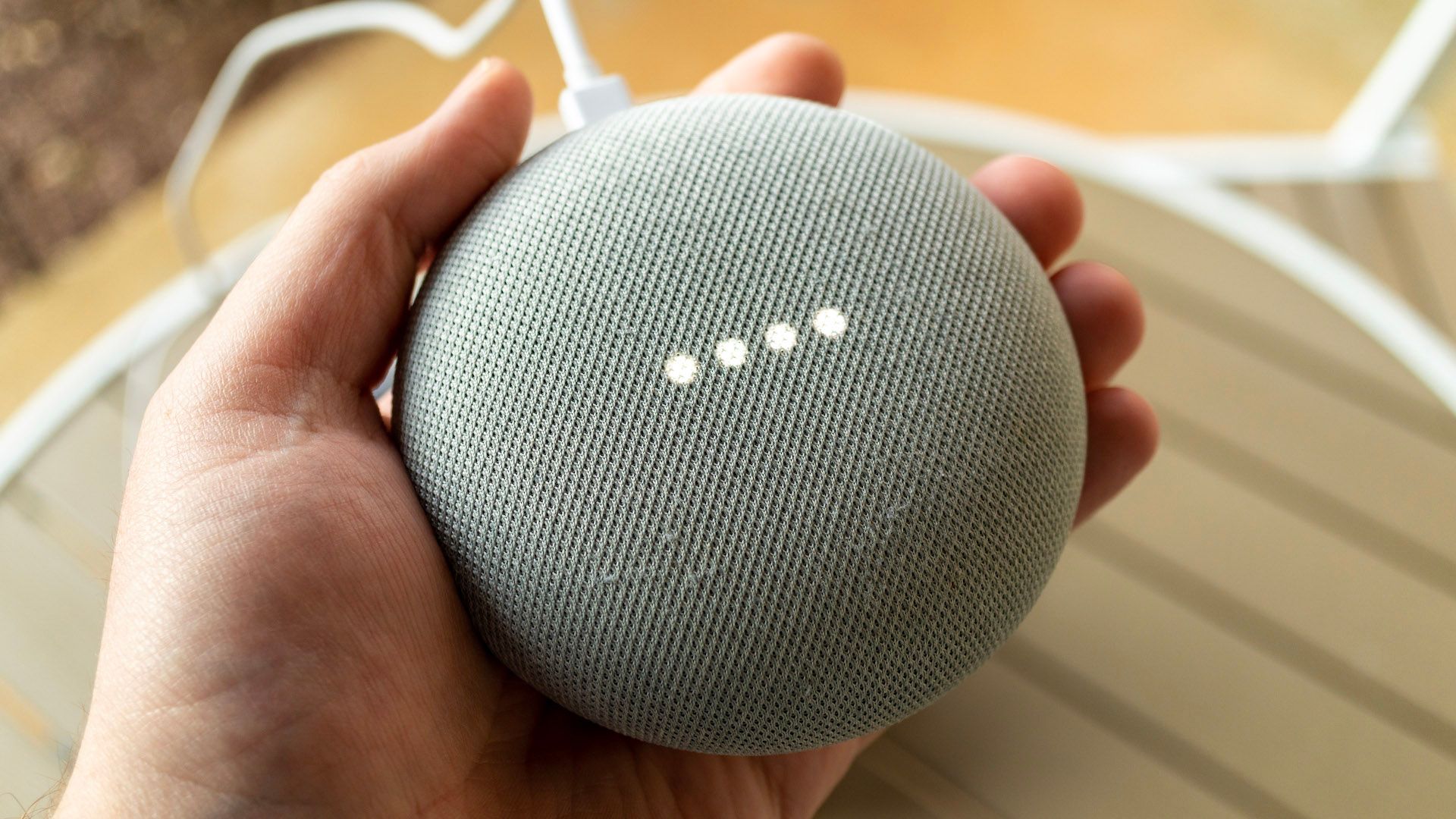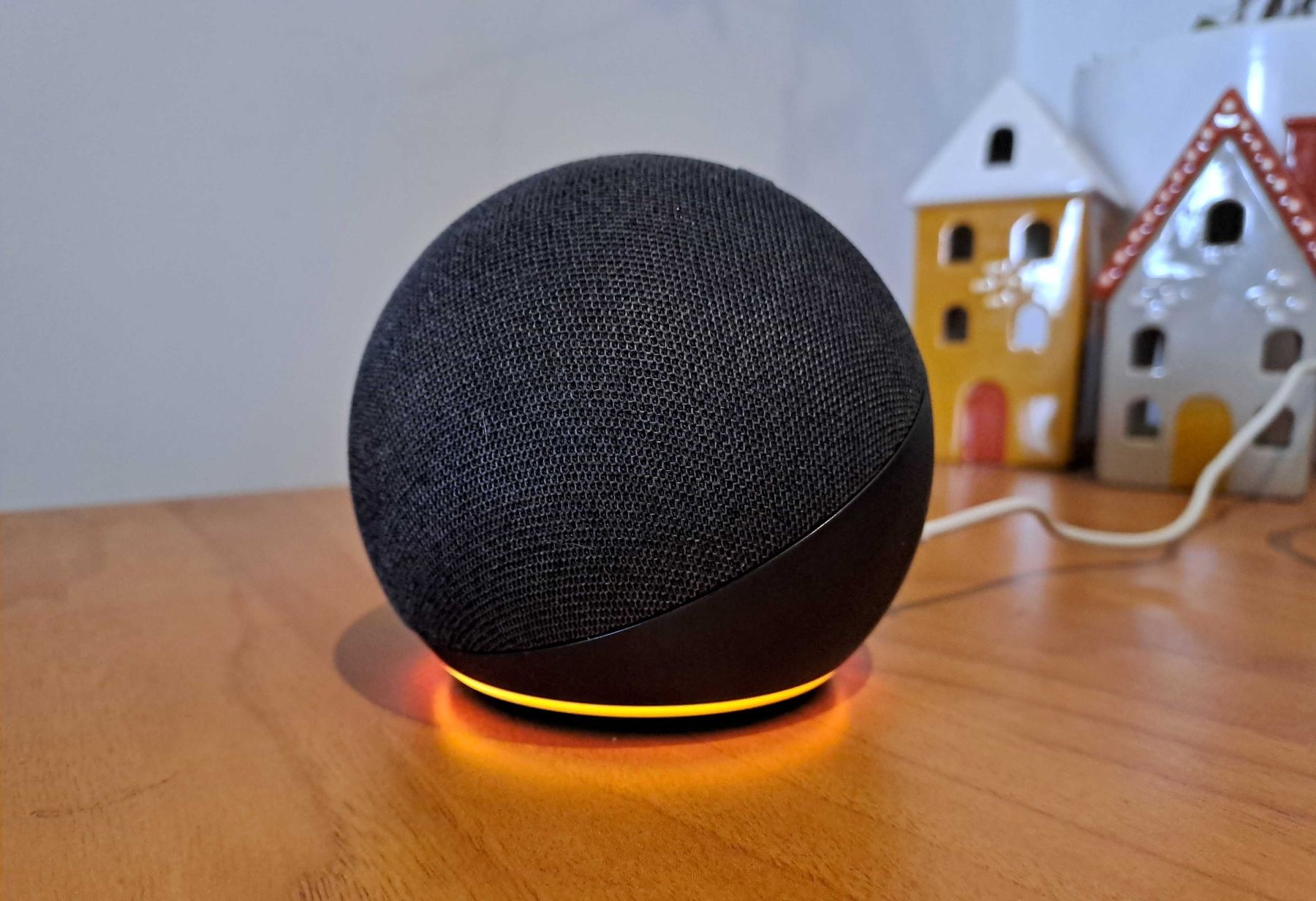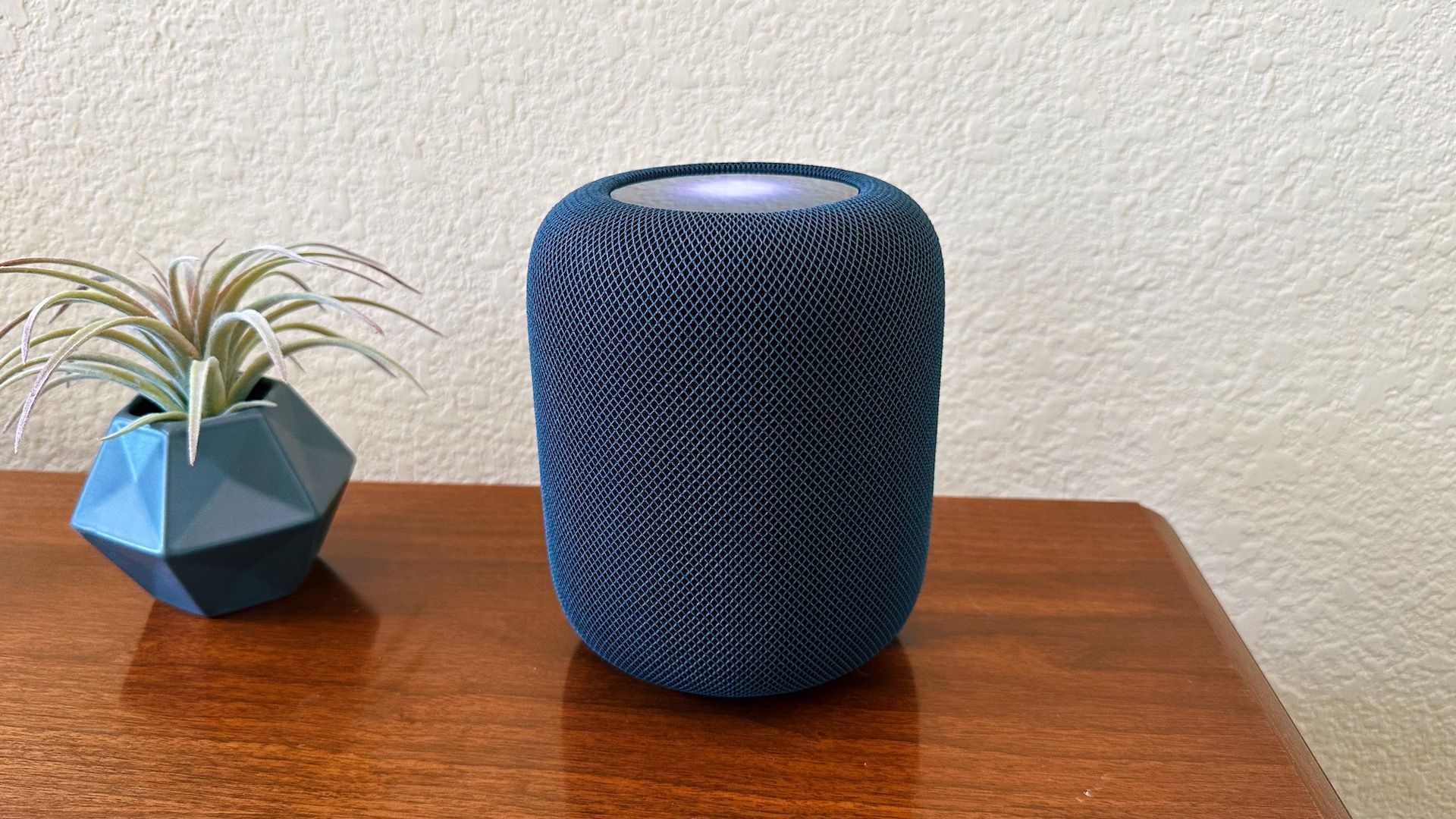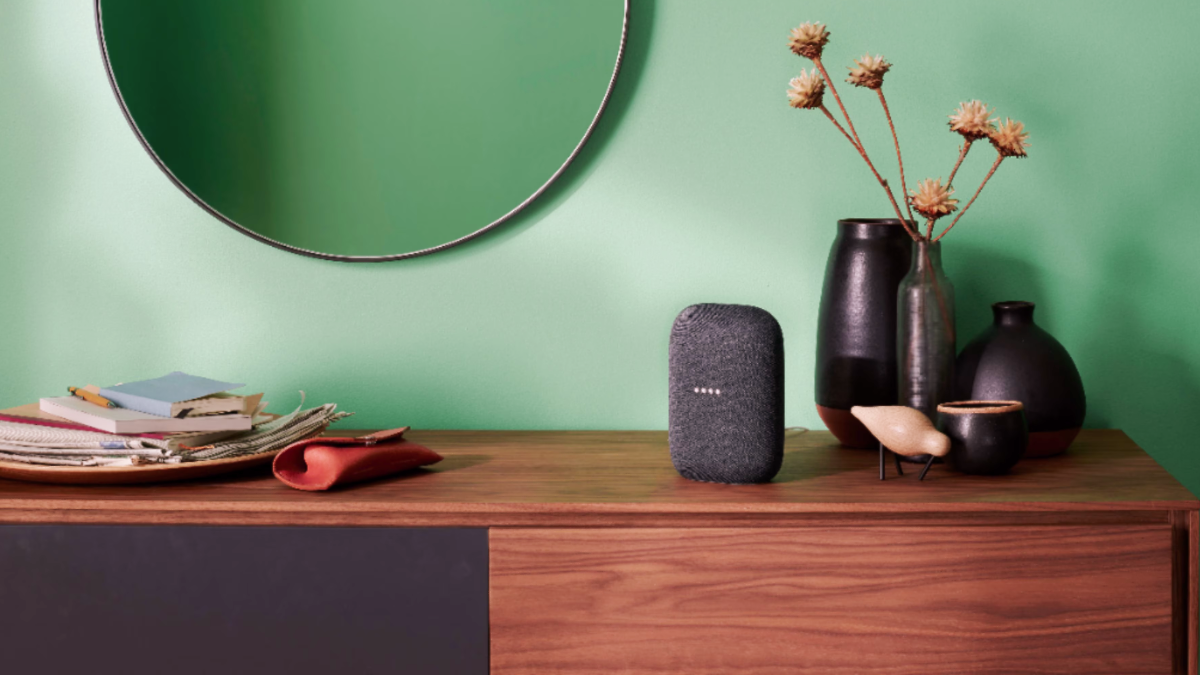To get the most out of a smart speaker, you may need to adjust the way you approach daily tasks. Treat your smart speaker like a true assistant and offload whatever tasks you can, to avoid breaking your concentration and becoming distracted from the task at hand.
Most of these tasks will work with most smart speakers on the market. We used Google Assistant, Alexa and Siri to test most of these.
1 Quickly Search the Web
You’re probably used to opening a new tab and quickly tapping out a search query any time you want to check a fact or get some information. But stopping what you’re doing can be the kiss of death for productivity. Instead, treat your smart speaker like a personal assistant who can find the information for you.
Use the assistant to quickly answer relevant questions, like “when writing a letter, when do I use ‘yours faithfully’,” or “when did the PlayStation release in Japan?” You can also quickly search things that pop into your head (“what day of the week is Christmas this year”), or use the assistant to help settle discussions without switching window, tab, or even device.
Google Assistant is particularly good at scouring web pages for information, which is to be expected given Google’s pole position in the search game.
2 Store and Retrieve Information
Just like a real personal assistant, your smart speaker can take note of the things you tell it and recall them later. The uses here are vast, especially if you fully embrace the feature. While you’re working on something you can be barking commands at your speaker like “remember that Jason’s birthday is the 24th of October,” or “remember that the front door key is in the glove box.”
You can then recall using context-sensitive commands, or simply ask your assistant what it is you asked it to remember. On Google, you can say “Hey Google, open memory” and you’ll get a list of things you’ve divulged. You can also head to g.co/assistant/memory to see your remembered items and delete them.
Siri can’t do this, so you’ll need to create reminders instead. Google Assistant was patchy at recall in our testing. After saying “remember that my sunglasses are in the car,” the assistant would draw a blank every time I asked where my sunglasses were.
3 Set a Pomodoro (or Other) Timer
Timers are excellent tools for improving your productivity. The Pomodoro technique is a method designed to improve your productivity by dividing your time into work and rest periods. The technique commonly uses four 25-minute work windows interspersed with five-minute breaks, followed by a longer 20-minute break.
There are web apps and native software for making use of the Pomodoro technique, but you can use any old timer. The easiest method is to use a smart speaker, with a simple “set a 25-minute timer” command. Just remember how many sessions you’ve completed.
Alexa users can use skills that automate the entire Pomodoro process. Just say “Alexa, start my Pomodoro” or “Alexa, open Work Tomato” to get started. For Google and Apple assistants, you’ll need to stick to the basic timer.
4 Quickly Add Reminders
Reminder apps are vital, but they only work if you remember to use them effectively. This usually means recording your to-dos as soon as you have a thought, before it’s lost forever. A smart speaker is perfect for this.
As an Apple Reminders user, this is one thing that Siri is actually pretty good at. I can say “Hey Siri, remind me to submit Thursday’s invoice” and the reminder will go on my default “Reminders” list for later triage. Alternatively, I can add items to specific lists like “add ExpressVPN to my Tax list” and more.
Google and Amazon assistants can also do this, with Google’s Actions for Assistant allowing you to talk to services like Todoist. Alexa also has unofficial skills for apps like Microsoft To Do (“Alexa, start To Do list”).
5 Ask About Your Schedule
Your smart speaker can also read your schedule aloud, so you can get a handle on your day while getting ready, drinking coffee, or doing something else. As long as everything is linked to your assistant of choice (which is particularly straightforward for Google and Apple users), your agenda should only be one “what does my day look like” voice command away.
This works great for future dates (“what’s on my agenda next Friday,”) since it avoids the need to scroll through an app to find the date in question. You can also create new events and cancel them, depending on the assistant.
6 Get Traffic and Weather Information
Productivity can mean carefully managing your time so that you leave on time, or deciding whether it’s best to leave early and walk or take the train because of the weather. Your smart speaker can do all of this, just ask “what’s the traffic like,” or “is it going to rain today?”
This depends on your device having up-to-date location information or relevant permissions. For Google Assistant, you’ll need to use the Google Home app to set your device’s location accordingly. That way you can have a smart speaker at work that gives you relevant information that differs from the one you have at home.
This is great for route planning, since you can ask “how’s the traffic between here and Everton Park,” to get a summary of conditions and an estimated travel time.
7 Quick Sums and Conversions
It’’s easy to calculate “11.5 percent of 72” by directly asking your smart speaker to work it out for you (it’s 8.28, by the way). The same is true for simple conversions, including currency and units.
Sure, you can do all of this in a new search window (or Spotlight on macOS) but that means breaking your concentration.
8 Listen to Background Sounds
I’m a big fan of listening to video game soundtracks to get into work mode but even I’ll admit that sometimes music doesn’t cut it. Fortunately, your smart speaker is loaded with ambient sounds that can help you relax or focus.
Google, Amazon, and Apple have all worked this function into their smart speakers. Just ask your smart speaker to “play rain sounds,” or “play ocean sounds,” or even “play white noise.”
Alexa is packed with skills that provide background sounds, including thunderstorms, rain, city sounds, oscillating fans, fireplaces, wind chimes, forests, a “Space Deck” spaceship ambience, and more. Google Assistant is also pretty good at this.
Even though HomePod supposedly supports
Apple’s own background sounds feature
, as an Apple Music subscriber I noticed that my HomePod instead decided to play from albums on the service instead.
In theory, this could vastly increase the number of sounds available (it worked with pink noise, for example) but also means that the track won’t loop automatically.
9 Get Your Smart Speaker to Nag You
Not everyone responds well to nagging, but sometimes you need a little help staying on track. If you have an Alexa device, there’s a skill you can activate by saying “Alexa, start nagging me,” which will give you regular vocal reminders to stay on the current task.
This is great if you’re trying to get something done and keep getting distracted. Apple and Google’s smart speakers can’t do this.
10 Trigger Smart Home Devices and Routines Too
Smart home functionality is dependent on you having a smart home set up in the first place, but a smart speaker can really tie everything together with the right commands.
From setting your lighting to “word mode” to lowering or raising the blinds based on weather conditions, voice commands can make your smart home feel a lot more reactive.
Finally convinced you need a smart speaker? Check out the best smart speakers you can buy.









